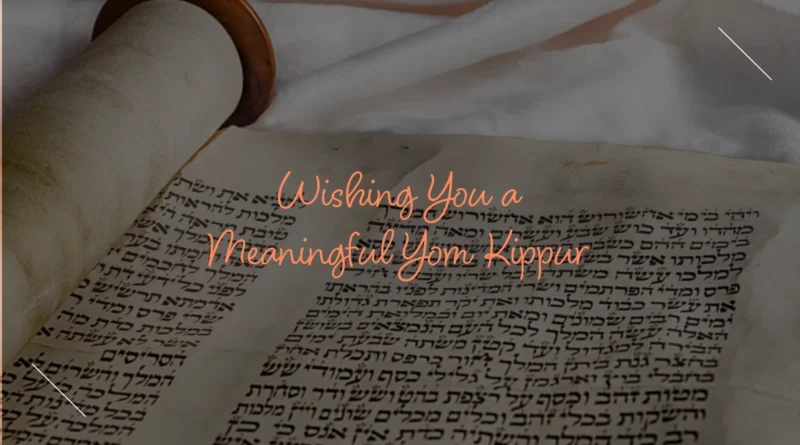Yom Kippur: The Day of Atonement in Judaism
Yom Kippur, often referred to as the Day of Atonement, holds a central place in Judaism as one of the holiest and most solemn days of the year. In this blog post, we will explore the significance, traditions, and spiritual depth of Yom Kippur, shedding light on the practices that make this day unique and spiritually enriching.
Understanding Yom Kippur
Key Information about Yom Kippur
| Aspect | Description |
| Date | The 10th day of Tishrei in the Jewish calendar. |
| Meaning | “Yom” means “day,” and “Kippur” means “atonement.” |
| Purpose | To seek forgiveness for sins and achieve spiritual renewal. |
The High Holy Days: A Journey of Reflection
Yom Kippur is the culmination of the High Holy Days, which commence with Rosh Hashanah, the Jewish New Year. These days are a time of reflection, repentance, and a deep spiritual connection with God.
The High Holy Days
| Holiday | Significance |
| Rosh Hashanah | The Jewish New Year, a time of introspection and prayer. |
| Ten Days of Repentance | The period between Rosh Hashanah and Yom Kippur for seeking forgiveness. |
| Yom Kippur | The Day of Atonement, the holiest day in Judaism. |
Observing Yom Kippur: Traditions and Practices
Fasting and Self-Denial
Yom Kippur Observances
| Observance | Significance |
| Fasting | A complete fast from sundown to sundown, refraining from food and drink. |
| Synagogue Services | Extended prayers and readings from the Machzor (prayer book). |
| Kol Nidre | The Kol Nidre prayer, chanted on the eve of Yom Kippur, nullifies vows and oaths made unintentionally. |
| White Attire | Wearing white clothing symbolizing purity and a fresh start. |
| Teshuvah | Repentance, seeking forgiveness from God and reconciling with others. |
| Tashlich | Symbolic casting away of sins by tossing bread into flowing water. |
The Spiritual Significance of Yom Kippur
At the heart of Yom Kippur lies the concept of teshuvah, or repentance. It is a time for individuals to engage in deep introspection, acknowledge their shortcomings, and seek forgiveness from God. The Kol Nidre prayer, which begins the Yom Kippur service, sets the tone for this day of atonement.
The act of fasting on Yom Kippur is not just a physical abstention from food and drink but a spiritual endeavor. It is a means of humbling oneself before God, acknowledging dependence on the Divine, and demonstrating commitment to self-improvement.
Conclusion: A Day of Transformation
In conclusion, Yom Kippur is a day of profound significance in Judaism. It represents an opportunity for spiritual transformation, a chance to mend relationships, and a time to seek forgiveness and renewal. As Jews around the world observe this sacred day, they reflect on their actions, seek reconciliation, and aspire to lead lives aligned with their deepest values.
As we learn from the traditions and practices of Yom Kippur, it is a reminder that the pursuit of forgiveness, repentance, and self-improvement is a universal human aspiration. In the spirit of Yom Kippur, may we all find moments of reflection and growth in our lives.
Disclaimer: This blog post provides an overview of Yom Kippur and its significance in Judaism. For specific religious guidance and practices, individuals are encouraged to consult with knowledgeable religious authorities.
Note: The tables included in this blog post provide concise summaries of key information related to Yom Kippur and related observances. They serve as visual aids to enhance understanding.




